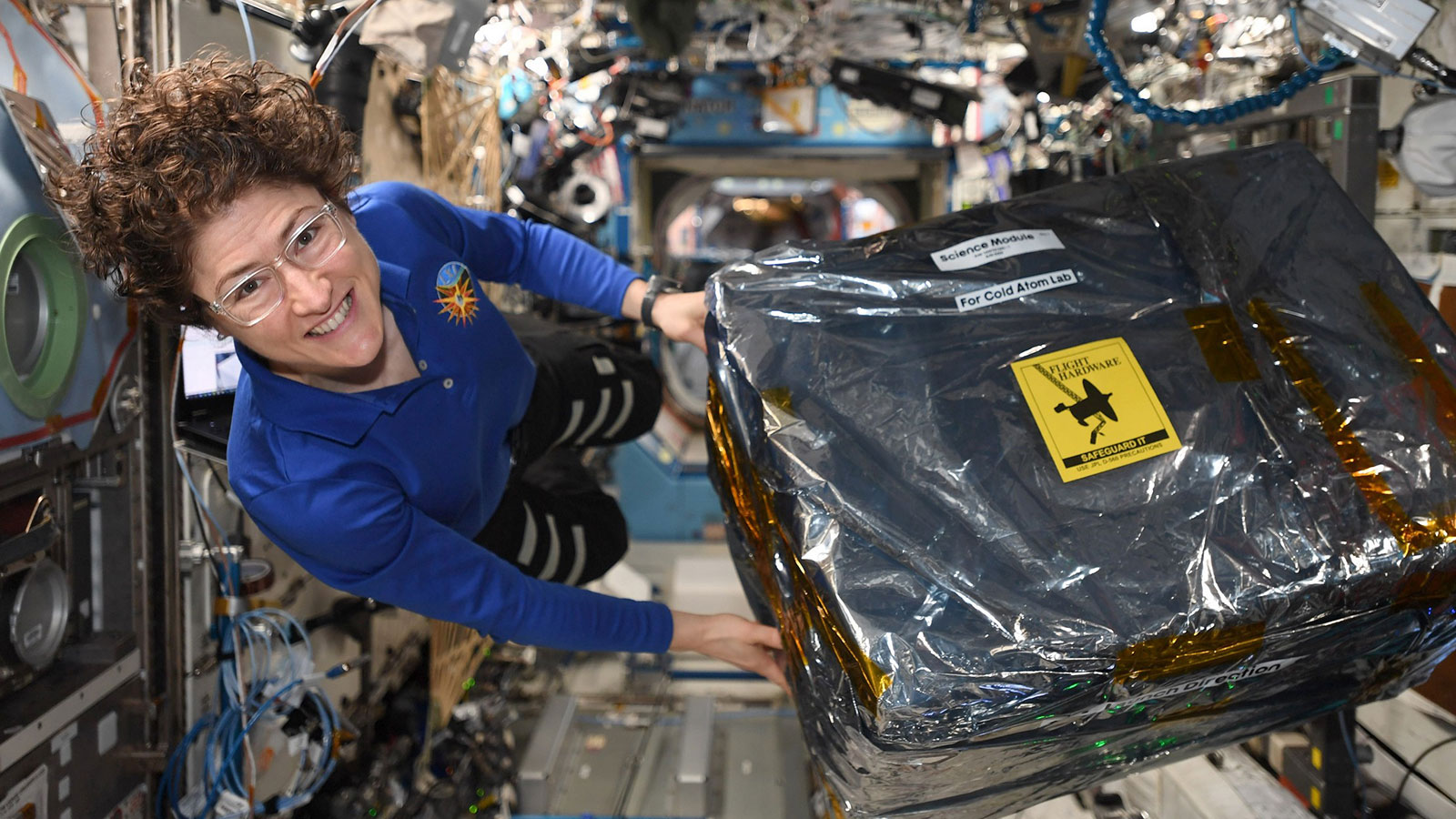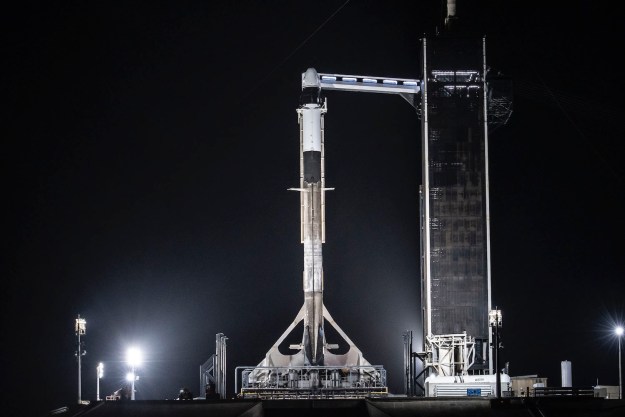
The International Space Station (ISS) is the site of research into all sorts of topics, from whether microbes can survive in space to how building materials respond to low gravity to whether robots can assist astronauts in space missions. But some of the most intriguing work being done there is in the area of particle physics, as particle detectors in space can detect cosmic radiation which would be blocked by the Earth’s atmosphere.
Now, the ISS has taken custody of new hardware for another particle physics experiment: The Cold Atom Lab, which NASA says “conduct[s] a variety of experiments to help answer questions about how our world works at the smallest scales.”
The lab is the size of a mini-fridge and has been in operation on the ISS since July 2018. It chills atoms almost down to absolute zero, or minus 459 degrees Fahrenheit (minus 273 degrees Celsius), which is the lowest temperature possible at which particles essentially stop vibrating.
Using the lab, researchers are able to investigate topics like superfluidity, in which a fluid has zero viscosity and flows without losing kinetic energy, and superconductivity, when a material is cooled so much it has no electrical resistance.
The advantage of working with extremely low temperatures is that atoms normally move extremely fast — faster than the speed of sound — which makes them difficult to study. When the atoms are chilled to near-absolute zero temperatures in the Cold Atom Lab, they move at a literal snail’s pace, making them much easier for scientists to observe.
The new hardware for the lab includes an atom interferometer, which can measure gravity with high precision and help researchers examine fundamental theories of gravity.
In a blog post, NASA say this could lead to breakthroughs which would benefit both space exploration and our understanding of Earth: “Further development of this technology in space could lead to improved inertial-force sensors, which could be used to design tools for enhanced spacecraft navigation, to probe the composition and topology of planets and other celestial bodies, and to study Earth’s climate.”
Editors' Recommendations
- Space station’s new robotic arm springs to life
- How to watch SpaceX Crew-4 astronauts launch to ISS
- NASA footage shows SpaceX Crew-4 training for ISS mission
- How to watch Axiom-1 space tourists return from the ISS on Saturday
- How to watch NASA’s first space tourism launch to the ISS today




